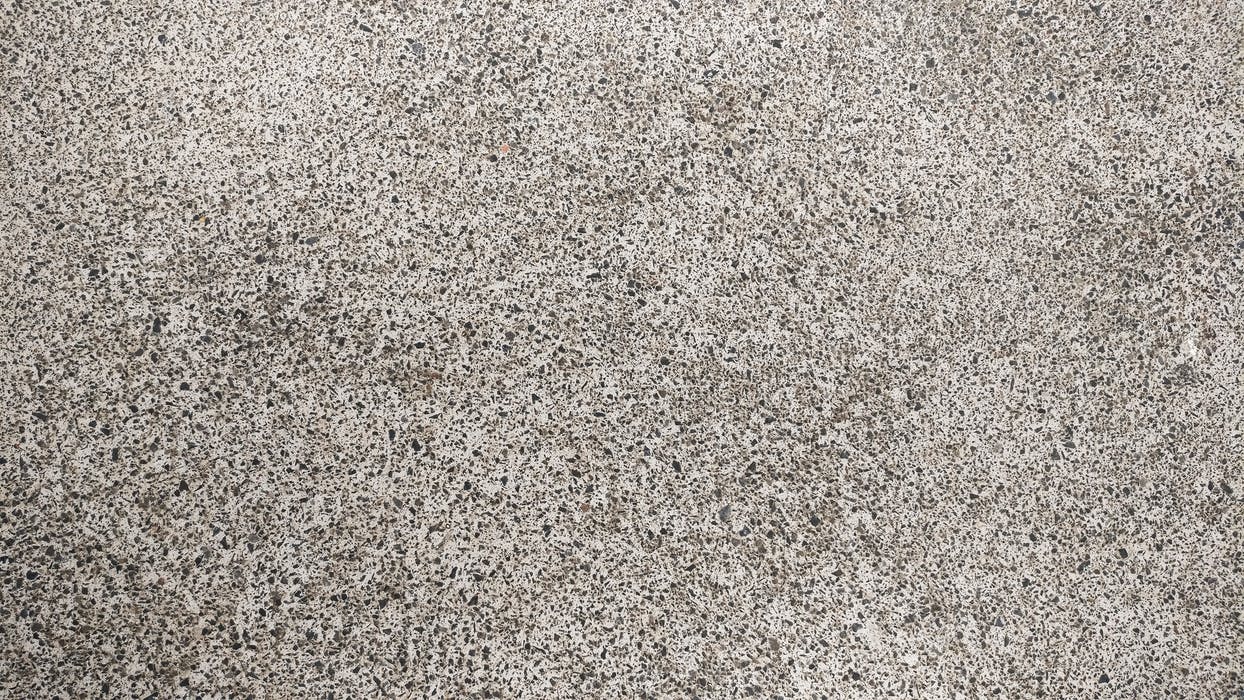
From a certain point of view, we might say that the entire history of the world has been a struggle for resources. Past and present, resources have been the number one reason that nations go to war with one another. Certain groups of people have tried to resolve this issue through attempted world conquest. Needless to say, this is not the way to go. Thus, the only acceptable option is to reduce our resource usage. It was important to find other materials that could be used to build houses and buildings.
The benefits of concrete to our society are extensive. Concrete builds our hospitals, schools, apartment buildings, bridges, tunnels, dams, sewerage systems, pavements, runways, roads and more. Concrete is durable, strong and is here to stay.
When it comes to construction, resource usage is an important consideration because construction projects involve massive amounts of raw material which has to come from somewhere. Out of all the construction materials that are commonly used today, there is one that stands out for its sustainability and low environmental impact. It might surprise you to learn that concrete is the most environmentally-friendly choice.
First of all, concrete can be made from entirely natural materials. Modern concrete does contain small amounts of chemical additives, but the amounts are very small and negligible in their impact. In general, concrete is made from rocks, sand, and cement. Cement is just a mixture of limestone, clay, and gypsum. Not only are all the substances natural and non-toxic, but they are also all very abundant. Sand can be found in huge quantities in deserts, on beaches, and underwater. Rocks are everywhere, and limestone is the most abundant type of rock on earth. Gypsum is very abundant in certain places, and we are never going to run out of clay.
Concrete has been known since ancient times. Many of the impressive Roman monuments that still stand today are made from concrete. While Roman concrete was a little different in composition, it was very similar to the stuff that we use today. The fact that so many of these structures are still standing after millennia is proof of how strong concrete can be. This longevity is what makes concrete more sustainable than wood. No matter what you do, wood will eventually rot. Also, those things that we cut down to get our wood just happen to be the same things that produce our oxygen.
As if that weren’t enough, concrete can also be so much more attractive when it is properly shaped. For instance, take a look at Aftec’s concrete decorative walls. These really look a lot more attractive than a metal fence and will last far longer than a wooden one. They can look even nicer when combined with some greenery.
Concrete is also energy-efficient in the fact that it provides much better insulation than wood. Better insulation means lower energy expenditure. This is significant because heating and cooling are by far the most energy-expensive processes in the average modern home.
A study conducted by the University of Illinois determined that, overall, concrete was much more environmentally friendly and low-impact than steel. Production of a concrete beam was found to require significantly less energy expenditure in its production than an equal-sized beam of structural steel.
The best thing about concrete is the fact that it can be shaped in any way that you desire with zero waste. If you want to make a wooden column, for instance, you will need to shave off quite a bit of wood to get the shape you want. The same goes for shaping things from natural stone. Metals can be melted and poured, but there is still some waste involved, not to mention the energy expended in the casting process.
This versatility is exactly what made concrete so useful to the ancient Romans. Before their invention of concrete, stone buildings were constructed from blocks that had to be cut from mountains and quarries. The process of cutting and moving these giant blocks was so huge that to this day, people wonder how it was accomplished. We now live in a time where we can use versatile concrete for our many needs.





Leave a Comment